Following Borrowers through Forbearance

Today, the New York Fed’s Center for Microeconomic Data reported that total household debt balances increased slightly in the third quarter of 2020, according to the latest Quarterly Report on Household Debt and Credit. This increase marked a reversal from the modest decline in the second quarter of 2020, a downturn driven by a sharp contraction in credit card balances. In the third quarter, credit card balances declined again, even as consumer spending recovered somewhat; meanwhile, mortgage originations came in at a robust $1.049 trillion, the highest level since 2003. Many of the efforts to stabilize the economy in response to the COVID-19 crisis have focused on consumer balance sheets, both through direct cash transfers and through forbearances on federally backed debts. Here, we examine the uptake of forbearances on mortgage and auto loans and its impact on their delinquency status and the borrower’s credit score. This analysis, as well as the Quarterly Report on Household Debt and Credit, is based on anonymized Equifax credit report data.
Bank Capital, Loan Liquidity, and Credit Standards since the Global Financial Crisis

Did the 2007-09 financial crisis or the regulatory reforms that followed alter how banks change their underwriting standards over the course of the business cycle? We provide some simple, “narrative” evidence on that question by studying the reasons banks cite when they report a change in commercial credit standards in the Federal Reserve’s Senior Loan Officer Opinion Survey. We find that the economic outlook, risk tolerance, and other real factors generally drive standards more than financial factors such as bank capital and loan market liquidity. Those financial factors have mattered more since the crisis, however, and their importance increased further as post-crisis reforms were phased in in the middle of the following decade.
How Do Consumers Believe the Pandemic Will Affect the Economy and Their Households?
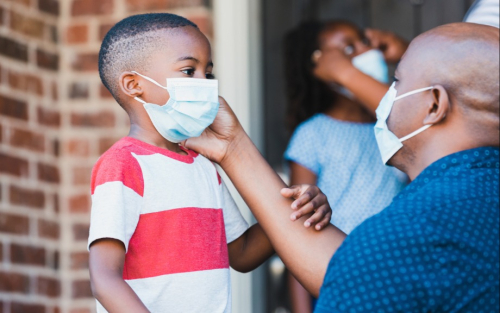
In this post we analyze consumer beliefs about the duration of the economic impact of the pandemic and present new evidence on their expected spending, income, debt delinquency, and employment outcomes, conditional on different scenarios for the future path of the pandemic. We find that between June and August respondents to the New York Fed Survey of Consumer Expectations (SCE) have grown less optimistic about the pandemic’s economic consequences ending in the near future and also about the likelihood of feeling comfortable in crowded places within the next three months. Although labor market expectations of respondents differ considerably across fairly extreme scenarios for the evolution of the COVID pandemic, the difference in other economic outcomes across scenarios appear relatively moderate on average. There is, however, substantial heterogeneity in these economic outcomes and some vulnerable groups (for example, lower income, non-white) appear considerably more exposed to the evolution of the pandemic.
Who Has Been Evicted and Why?
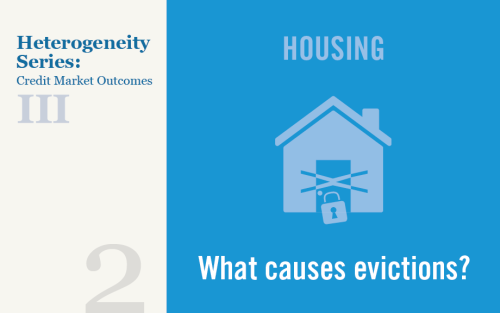
More than two million American households are at risk of eviction every year. Evictions have been found to cause prolonged homelessness, worsened health conditions, and lack of credit access. During the COVID-19 outbreak, governments at all levels implemented eviction moratoriums to keep renters in their homes. As these moratoriums and enhanced income supports for unemployed workers come to an end, the possibility of a wave of evictions in the second half of the year is drawing increased attention. Despite the importance of evictions and related policies, very few economic studies have been done on this topic. With the exception of the Milwaukee Area Renters Study, evictions are rarely measured in economic surveys. To fill this gap, we conducted a novel national survey on evictions within the Housing Module of the Survey of Consumer Expectations (SCE) in 2019 and 2020. This post describes our findings.
How Fed Swap Lines Supported the U.S. Corporate Credit Market amid COVID‑19 Strains
The onset of the COVID-19 shock in March 2020 brought large changes to the balance sheets of the U.S. branches of foreign banking organizations (FBOs). Most of these branches saw sizable usage of committed credit lines by U.S.-based clients, resulting in increased funding needs. In this post, we show that branches of FBOs from countries whose central banks used standing swap lines with the Federal Reserve (“standing swap central banks”—SSCBs) met their increased funding needs by accessing dollars that flowed into the United States through their foreign parent banks. This volume of dollar inflows accounted for at least half of the late March aggregate take-up at SSCB dollar operations.
The Primary Dealer Credit Facility
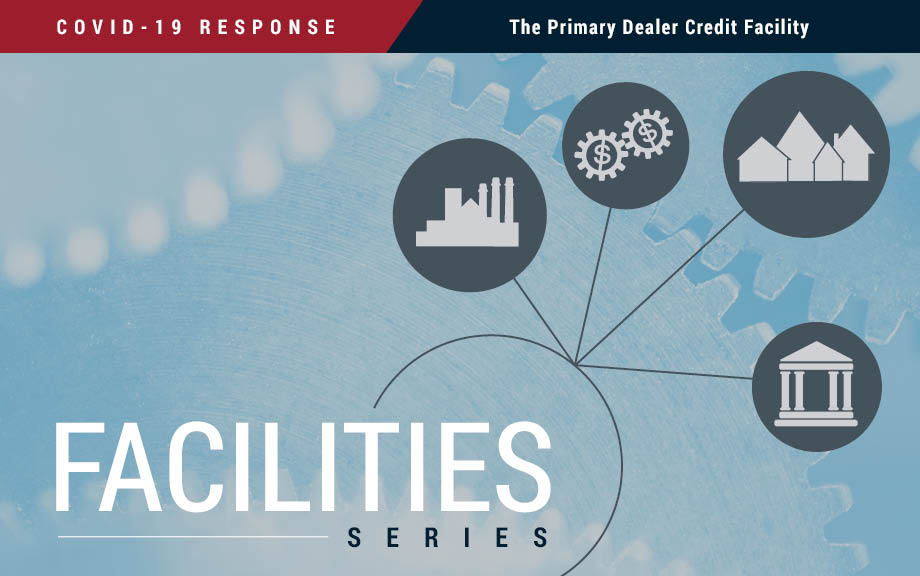
On March 17, 2020, the Federal Reserve announced that it would re-establish the Primary Dealer Credit Facility (PDCF) to allow primary dealers to support smooth market functioning and facilitate the availability of credit to businesses and households. The PDCF started offering overnight and term funding with maturities of up to ninety days on March 20. It will be in place for at least six months and may be extended as conditions warrant. In this post, we provide an overview of the PDCF and its usage to date.
The Money Market Mutual Fund Liquidity Facility
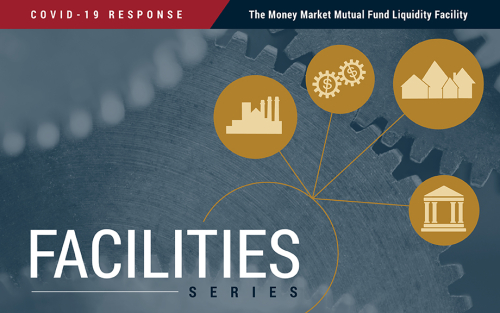
To prevent outflows from prime and muni funds from turning into an industry-wide run after the COVID-19 outbreak, the Federal Reserve established Money Market Mutual Fund Liquidity Facility. This post looks at the Fed’s intervention, its goals, and the direct and indirect market effects.
Where Have the Paycheck Protection Loans Gone So Far?

The Paycheck Protection Program (PPP) is a central piece of the CARES Act. In the program’s first round, $349 billion in forgivable government-guaranteed loans were extended to small businesses to cover costs related to payroll and utilities, as well as mortgage and rent payments. The program opened for applications on April 3 and was oversubscribed by April 16. Because of its popularity, lawmakers passed a new bill replenishing the fund with another $310 billion and the Small Business Administration (SBA) started approving loans again on April 27. With a new round of PPP lending underway, it is natural to examine the allocation of credit in the first round and ask: Have PPP loans gone to the areas of the country and sectors of the economy hardest hit by COVID-19?














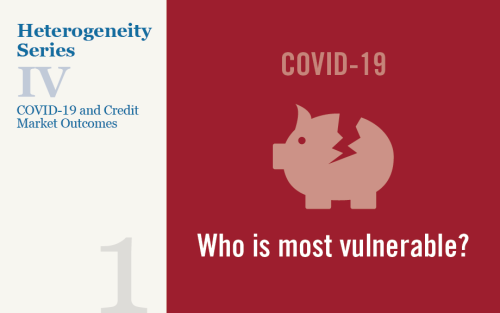
 RSS Feed
RSS Feed Follow Liberty Street Economics
Follow Liberty Street Economics